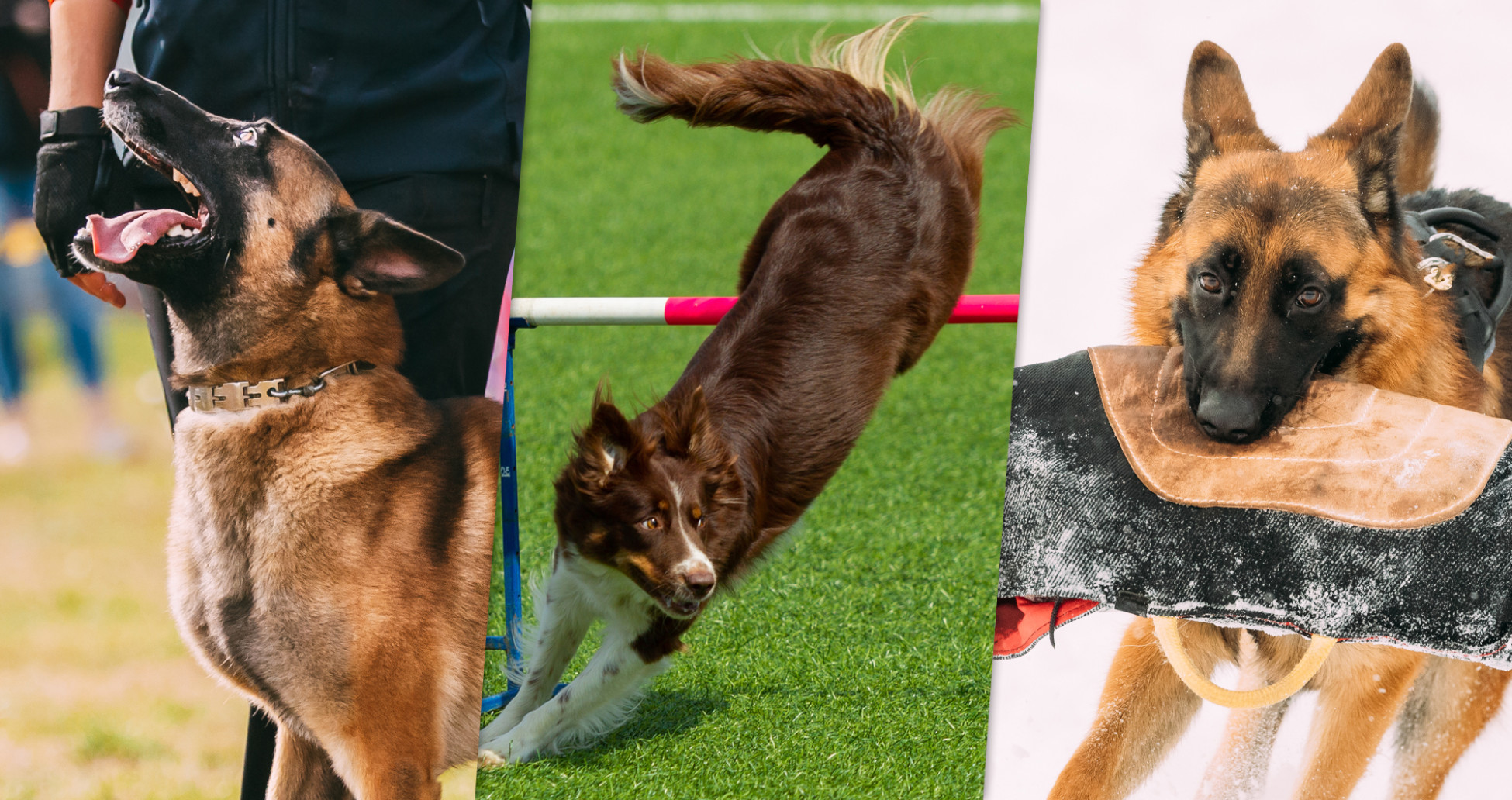Hi @charliesl45yahoo-com – The video @alin posted is a good discussion of what the neutrality looks like when a trained protection dog will “respond/alert/defend”, … how a K9 discerns threats. In addition to what it represents, it does not get in to how you get the dog to the point it will work as the dog in the video. This specialized training, done with the wrong dog, or in the wrong manner, could be catastrophic for the dog. The dog’s lineage, imprinting, and early conditioning contribute greatly to its ability to perform and be unshakeable AND reliable as a protection dog.
As you are working towards protection, you are wise to be cautious that something you do now does not inadvertently suppress the dog’s ability to progressively transition to a working protection K9 if it has the required temperament which is why your question is a great one. As you will note in the video, the decoy does not put on a sleeve… same guy, same time frame, same interaction – the only difference is his “intent”. Humans give off a phermone when contemplating something “undesirable.” This is hard to replicate without a professional decoy. I offer a couple ideas from an obedience stand point that may help with the specific situation as you described.
If you already have a solid “platz/down” … when you discern something as non threatening – but your dog is barking for some reason – you could command the platz/down which means everything stops, including barking. (This is where it gets dicey if you are thinking about full protection training). Alternatively, since you know there is no threat, if the dog is barking; you could opt to go in motion, and move away from the person, have the person stand still and wait, and then re-approach and see if that interrupts the barking. Assuming the dog is on a heel/fuss command, with a proper sit when motion stops, you may be able to approach the person vs the person approaching you, and have a conversation with no barking. If this is a person you do not know and your dog is alerting – this is where reading and trusting your dog becomes critical. You may see a nice person in front of you asking for directions or lunch money and your dog is able to detect that phermone and is letting you know this person intends to take your wallet/phone or whatever as soon as you take them out.
Robert has a video, something like Down In Motion. This is an excellent strategy, pre-protection, because in protection, you will go the the next level and then you must be able to stop the dog on a dime and get some change even if it is in full out pursuit. The handler & K9 relationship and desire are critical. Obedience is compulsory.
While many, one of the final tests we had to pass was after @ 30 minutes on the sleeve with 3 decoys, we were required, off leash, to approach the 3 decoys who were still in full gear and chaotic, approach them head on and get within 18 inches of them, do an about face – and with no commands – walk away with no contact, not even a bark. Bringing this back to your original question…. the decoys had no negative intentions this time – same behaviors – same bite suits – but no negative intention phermones so the dog rightfully should not hit on them.
I hope something here is of some value as you continue your journey. I enjoy reading your contributions to the site and look forward to more. Regards and see you around RC site.


